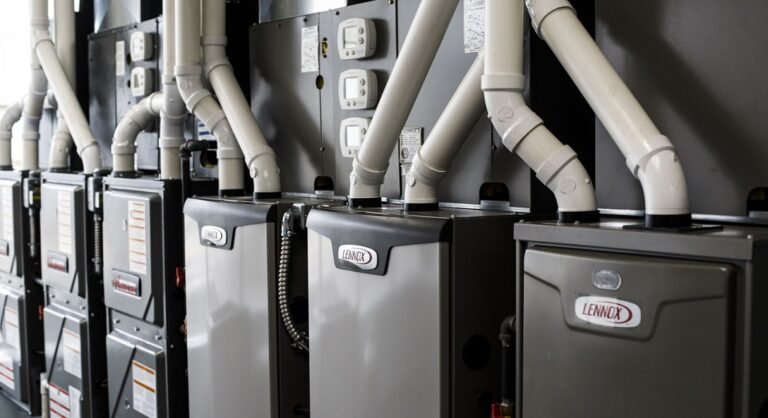Important Facts Vs. Fiction About Aerosol Cans
The primary materials used to manufacture aerosol cans are steel or aluminum with a tin coating. Steel aerosol cans contain approximately 25% recycled metal. While being processed, plastic parts are burned, and tin is recovered while being reheated. More than 5,000 North American communities have recycling programs for empty aerosol cans.
Many retail industries, including bag-on-valve applications, are becoming more reliant on aerosol products. Many brands use aerosol technology to produce high-quality goods in the healthcare, beauty, and food industries.
Although aerosol products have many benefits, there are still many misconceptions about how they work and how they affect the environment. We have compiled a list of the most common sources of misunderstanding about aerosols.
Fiction – There Is No Recycling For Aerosol Cans
Fact: Aerosol cans can be recycled, just like a lot of other empty steel containers. 70% of Americans have access to recycling programs for used aerosol cans, according to the Consumer Specialty Products Association (CSPA), the leading trade association for consumer home goods.
The same study, according to D. Douglas Fratz, Staff Executive for the CSPA Aerosol Products Division, reveals that many consumers are unsure whether their empty aerosol containers can be recycled. The results of the study demonstrate that most recycling programs are willing, able, and ready to recycle empty aerosols. The EPA also advises that after being used up, all aerosol cans be properly recycled.
Fiction – Aerosols Harm The Environment
Fact: Chlorofluorocarbons (CFCs) were no longer used by aerosol manufacturers after research revealed a potential connection between these substances and the thinning of the ozone layer. In 1978, CFCs were outlawed in the US.
Even though environmental sustainability is becoming increasingly important, there is still false information about the contribution of aerosol products. A recent poll found that 7 out of 10 people thought CFCs were still used in products even though they were banned in the late 1970s.
Modern aerosols do not harm the environment. In fact, some technologies only use common oxygen or nitrogen, like the bag on the valve. Aerosol cans are frequently made of recycled materials, and empty cans are simple to recycle after use.
Fiction – Aerosol Cans are neither practical nor useful
Fact: There are many uses for aerosol products in domestic and professional settings. Did you know that aerosol products were incredibly popular during World War II? Robert H. Abplanalp made the old aerosol can design better by substituting plastic valves for the erratic, rusted metal ones. These new valves were inexpensive and easy to mass produce. The US military could utilize this more dependable technology to supply soldiers with mosquito repellent.
Since then, aerosol products have changed to serve a range of consumer needs better. Because aerosol cans are hermetically sealed, they are airtight and won’t spill or leak. Tamper-resistant aerosol products are also available, which are particularly helpful in homes with kids or animals.
Bottom Line
Cost-effective products include aerosol ones. Aerosol cans are made to deliver the right amount of product with the least amount of waste. The airtight seal extends the product’s shelf life, giving the consumer more time to enjoy it. Don’t let outdated misconceptions about aerosols prevent you from taking advantage of your regular products in this accessible and convenient manner.






